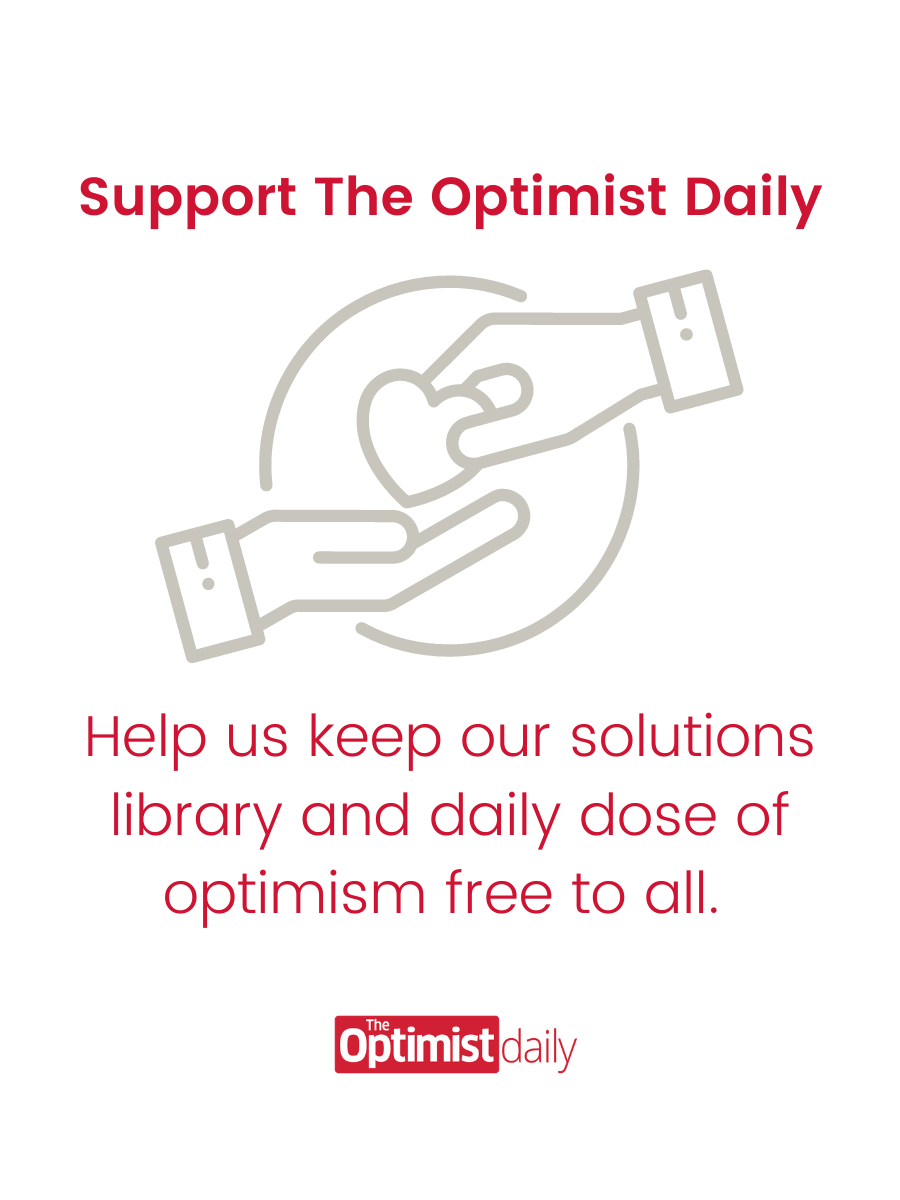When it comes to producing acoustic insulation, the materials typically used are synthetic or mineral-based materials. While these materials are effective, they are not easily recyclable and the production process is usually quite energy-intensive.
In search of a greener alternative, scientists at Germany’s Fraunhofer Institute for Environmental, Safety and Energy Technology looked to produce acoustic insulation out of mycelium, the vegetative component of fungus. The mycelium was grown in a lab and added to a substrate consisting of straw, wood fibers, and waste from the food production industry.
The researchers then used a 3D-printer to turn that mixture into the desired shape, which was a three-dimensional matrix that could stand on its own. After the material was dried in order to stop it from continuing its growth, the researchers put it to the test.
They found that not only is the organic material biodegradable, but because it’s also 3D-printed, it can be manufactured with internal structures optimized for absorbing sound.
Looking towards the future, the researchers want to continue their work to determine which structures work best to insulate sound. With fungus already showing promise as an alternate form of leather and protective packaging, it’s pretty exciting to see fungus find use as an environmentally-friendly sound-absorbing material.
Image source: Fraunhofer UMSICHT












